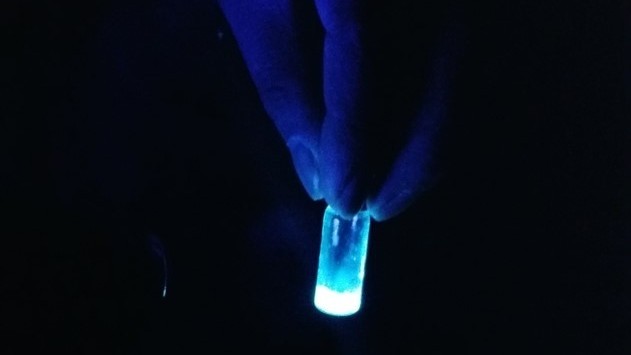From bread to bulbs: Food waste could provide environmentally sustainable LEDs

The University of Utah researchers have devised a novel way to create light emitting diodes (LEDs) – that are commonly used in consumer electronics, Christmas lights and flashlights – from food and beverage waste, by turning it in to florescent nanoparticles known as quantum dots.
In addition to utilising food and beverage waste that would otherwise decompose and be of no use, the new development can also reduce potentially harmful waste from LEDs generally made from toxic elements, said the team behind the research.
“Utilisation of waste as a resource for material synthesis is an environmentally responsible approach that reduces the need for virgin resources and subsequent processing,” said the team – writing in the journal Physical Chemistry Chemical Physics.
Quantum dot LEDs
Led by Professor Prashant Sarswat and Professor Michael Free, the team noted that LEDs can be produced from quantum dots (QDs) – which themselves can be made a variety of materials, but are often made from elements that are rare and expensive to synthesize, and even potentially harmful to dispose of.
Recent years have seen the development of carbon dots (quantum dots made from carbon), which compared to other types of quantum dots have lower toxicity, better biocompatibility, and are cheaper – meaning they can be used in a broader variety of applications.
Now, Sarswat and Free have successfully turned food and drink waste (including discarded pieces of tortilla, stale bread and soda) into carbon dots (CDs), and subsequently, LEDs.
"With food and beverage waste that are already there, our starting material is much less expensive. In fact, it's essentially free," said Sarswat.
Carbon dots from food waste
To synthesise the waste into CDs, the US-based team used a solvothermal synthesis method that involved placing the waste into a solvent under pressure and high temperature until CDs were formed. The waste was placed in a solvent and heated both directly and indirectly for anywhere from 30 to 90 minutes as part of the experiment to form CDs.
After successfully finding traces of CDs, Sarswat and Free went on to illuminate them in a bid to monitor their formation and colour. After analysis, they found which carbon sources produced the best carbon dots.
For example, sucrose and D-fructose dissolved in soft drinks were found to be the most effective sources for production of CDs, said the team.
After identifying the best sources of carbon dots from food and drink waste, the team then suspended them in epoxy resins – which heated and hardened to solidify the CDs for practical use in LEDs.
Environmentally sustainable
The team noted that one of the most common sources of QDs currently is cadmium selenide – which a compound comprised of a two toxic elements.
They said that the ability to create QDs, in the form of CDs, from food and beverage waste would eliminate the need for concern over toxic waste, as the food and beverages themselves are not toxic.
"QDs derived from food and beverage waste are not based on common toxic elements such as cadmium and selenium, which makes their processing and disposal more environmentally friendly than it is for most other QDs,” said Free. “In addition, the use of food and beverage waste as the starting material for QDs allows for reduced waste and cost to produce a useful material."
Sarswat and Free said they hope to continue studying the LEDs produced from food and beverage waste for stability and long term performance.
"The ultimate goal is to do this on a mass scale and to use these LEDs in everyday devices. To successfully make use of waste that already exists, that's the end goal," said Sarswat.
Source: Physical Chemistry Chemical Physics
Volume 17, Number 41, Pages 27642-27652, doi: 10.1039/C5CP04782J
“Light emitting diodes based on carbon dots derived from food, beverage, and combustion wastes”
Authors: Prashant K. Sarswat, Michael L. Free













